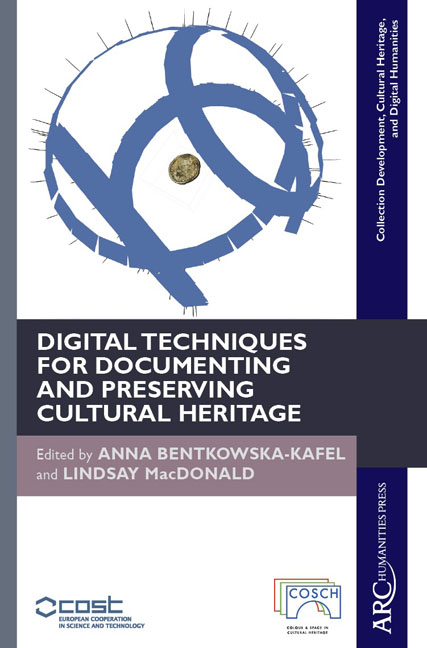Refine search
Actions for selected content:
48558 results in Computer Science
22 - When a Country Ignores Its Own Data
-
- Book:
- Data Lives
- Published by:
- Bristol University Press
- Published online:
- 05 January 2022
- Print publication:
- 03 February 2021, pp 175-182
-
- Chapter
- Export citation
Identifying the function of methylated genes in Alzheimer’s disease to determine epigenetic signatures: a comprehensive bioinformatics analysis
-
- Journal:
- Experimental Results / Volume 2 / 2021
- Published online by Cambridge University Press:
- 02 February 2021, e9
-
- Article
-
- You have access
- Open access
- HTML
- Export citation
A machine translation mechanism of Brazilian Portuguese to Libras with syntactic-semantic adequacy
-
- Journal:
- Natural Language Engineering / Volume 28 / Issue 3 / May 2022
- Published online by Cambridge University Press:
- 01 February 2021, pp. 271-294
-
- Article
- Export citation
On the Erdős–Sós conjecture for trees with bounded degree
- Part of
-
- Journal:
- Combinatorics, Probability and Computing / Volume 30 / Issue 5 / September 2021
- Published online by Cambridge University Press:
- 01 February 2021, pp. 741-761
-
- Article
- Export citation
Triposes as a generalization of localic geometric morphisms
-
- Journal:
- Mathematical Structures in Computer Science / Volume 31 / Issue 9 / October 2021
- Published online by Cambridge University Press:
- 29 January 2021, pp. 1024-1033
-
- Article
- Export citation
From satisficing to artificing: The evolution of administrative decision-making in the age of the algorithm
-
- Journal:
- Data & Policy / Volume 3 / 2021
- Published online by Cambridge University Press:
- 29 January 2021, e3
-
- Article
-
- You have access
- Open access
- HTML
- Export citation
From Kruskal’s theorem to Friedman’s gap condition
-
- Journal:
- Mathematical Structures in Computer Science / Volume 30 / Issue 8 / September 2020
- Published online by Cambridge University Press:
- 29 January 2021, pp. 952-975
-
- Article
- Export citation

A DRIVER's Guide to European Repositories
-
- Published by:
- Amsterdam University Press
- Published online:
- 28 January 2021
- Print publication:
- 14 January 2008
-
- Book
- Export citation
The number of maximum primitive sets of integers
- Part of
-
- Journal:
- Combinatorics, Probability and Computing / Volume 30 / Issue 5 / September 2021
- Published online by Cambridge University Press:
- 28 January 2021, pp. 781-795
-
- Article
- Export citation
Optimal group testing
- Part of
-
- Journal:
- Combinatorics, Probability and Computing / Volume 30 / Issue 6 / November 2021
- Published online by Cambridge University Press:
- 28 January 2021, pp. 811-848
-
- Article
- Export citation
Permutations with equal orders
- Part of
-
- Journal:
- Combinatorics, Probability and Computing / Volume 30 / Issue 5 / September 2021
- Published online by Cambridge University Press:
- 27 January 2021, pp. 800-810
-
- Article
- Export citation
Not by equations alone: Reasoning with extensible effects
- Part of
-
- Journal:
- Journal of Functional Programming / Volume 31 / 2021
- Published online by Cambridge University Press:
- 27 January 2021, e2
-
- Article
-
- You have access
- Export citation
A generic model for representing openness in multi-agent systems
-
- Journal:
- The Knowledge Engineering Review / Volume 36 / 2021
- Published online by Cambridge University Press:
- 27 January 2021, e3
-
- Article
- Export citation
A counterexample to the Bollobás–Riordan conjectures on sparse graph limits
- Part of
-
- Journal:
- Combinatorics, Probability and Computing / Volume 30 / Issue 5 / September 2021
- Published online by Cambridge University Press:
- 27 January 2021, pp. 796-799
-
- Article
- Export citation

Digital Techniques for Documenting and Preserving Cultural Heritage
-
- Published by:
- Amsterdam University Press
- Published online:
- 26 January 2021
- Print publication:
- 08 January 2018
-
- Book
- Export citation







